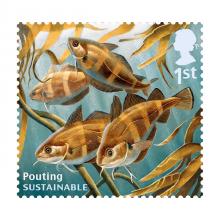The Western Ghats have been witnessing an unusual number of frogs with deformities
Scientists and public health experts are alarmed by the phenomenon, which they suspect to be symptomatic of underlying toxicity in the environment and the food chain. “Missing eyes, deformed hind legs, missing limbs, extra limbs, partial limbs, limbs that are bent or bony, and abnormally thin or weak limbs are some of the reported frog abnormalities in the Western ghats,” said Dr. S. Muralidharan from the Division of Ecotoxicology at Salim Ali Centre for Ornithology & Natural History.










